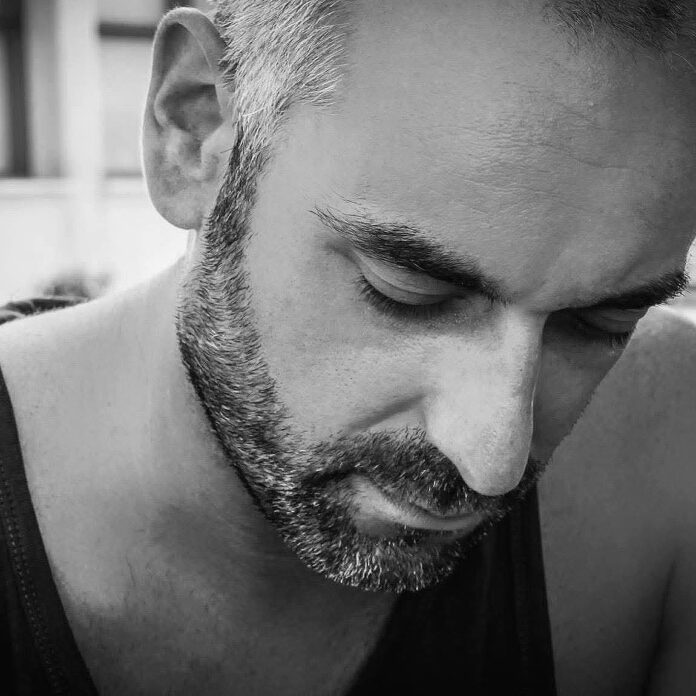Republic City in Legend of Korra is a major step toward peace and understanding in the world of Avatar. The city represents a union between the four nations and incorporates each culture into the city. A council representing each nation even worked together to govern the city for a time. Republic City is supposed to be a place where everyone is welcome regardless of nationality or bending ability.
It's hard to imagine that after more than a hundred years of conflict, something as ambitious as Republic City was possible. Despite the lofty goals of the city, the core idea behind Republic City had existed long ago in Avatar: The Last Airbender. There are many instances throughout the series where it is explained that the four nations and the four elements are more alike than they are different. The world of Avatar is made up of individual parts that come together to create a unified whole.
One of the leading causes of the Hundred Year War was the idea that the four nations were separate entities and not simply a single part of the wider world. The Fire Nation viewed itself and its culture as entirely different from the rest of the world. The other nations were seen as competitors to defeat instead of potential partners. This point of view led to ingroup thinking and antagonism between people.
However, the Avatar proves that the nations and elements themselves are not as disparate as one might assume. The Avatar is reborn into each of the four nations and must learn all of the elements in each new life. They embody all the elements and represent each nation, not just the one they were born into. Although Aang learned airbending first and was raised as an Air Nomad, he was just as much a firebender as he was an airbender. His identity as a bender cannot be removed from him. Just as Aang represented the four nations combined into one entity, so too does Republic City.
While Aang was training with Guru Pathik, he noted that many people believed in the illusion that the four nations were separate. Regardless of which nation a person is born into, they still share the world with everyone else who lives in it. There is no real reason that a person born in the Fire Nation should view themselves differently from someone born into the Water Tribe. The same logic applies to the elements as well. There's a lot of overlap across the elements. For example, both airbenders and waterbenders can manipulate clouds. Eathbenders and waterbenders can manipulate mud. There's even a theory that only earthbenders who have firebender and earthbender parents can bend lava.
During Zuko's training to redirect lightning, Iroh taught Zuko a move he learned from studying waterbenders. This technique allows a person to redirect the energy of a lightning bolt back at an opponent. The lesson that Zuko learned demonstrates how closely related the elements are to one another. A move that originates from waterbenders can be applied to firebenders even though fire and water are supposedly opposite elements. All bending is simply a form of energybending, regardless of what particular element is being controlled.
Repeatedly, Avatar: The Last Airbender shows characters from different nations and who control different elements finding common cause with one another. They teach each other, share culture and work together despite their imagined differences. Republic City is the manifestation of these ideas. Here, the illusion of difference and separation is dispelled, allowing its citizens to see the truth: that they are all just people.
About The Author

